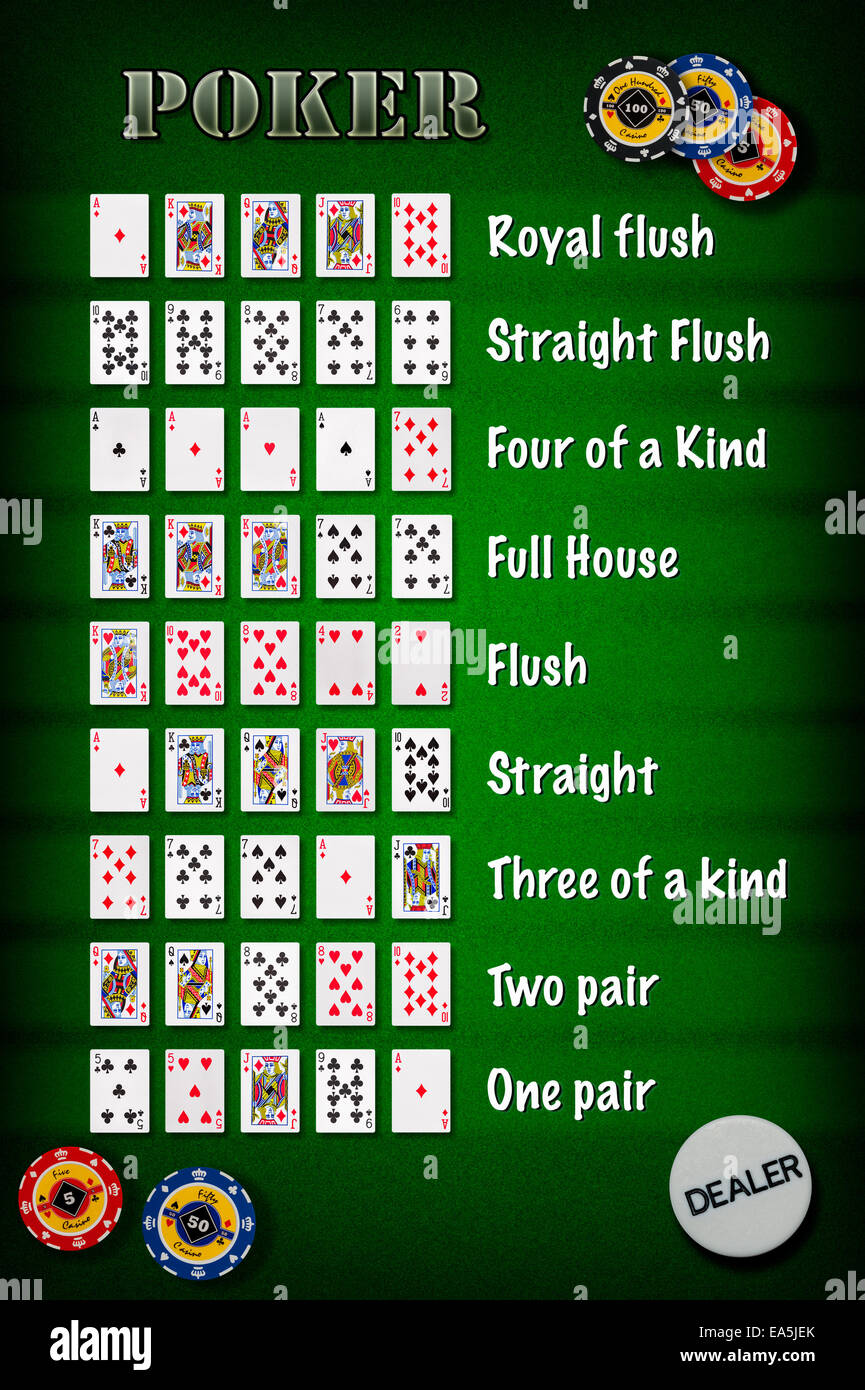
The Basics of Poker: Learn Hand rankings, betting intervals and Limits in Pot-Limit games. Taking the time to master these basic skills will make your poker game far more rewarding. You’ll be well on your way to a winning game in no time. Read on to learn more. And if you’re still not sure, check out our guide to starting a poker game.
Basics of playing poker
Poker is a card game in which players make bets on each hand. These bets are voluntary but can also be forced. The game relies on a certain hierarchy of hands, which makes understanding hand values crucial. Moreover, the game also involves an element of chance in each hand. Therefore, the game requires the understanding of game theory, probability, and psychology.
Before playing poker for real money, you should understand the game’s basic rules. Getting to know the game’s rules and basic strategies will not only improve your game, but will give you a leg up on your opponents. Besides, you’ll know how to manage your money and figure out how to play well against the odds. To master the rules of poker, start by studying books or watching online tutorials.
Hand rankings
When playing poker, it is important to know the hand rankings to increase your odds of winning. These rankings are based on several factors, including starting seat and the suit of your cards. Knowing how these factors affect your hand can help you determine when you should bet and fold your hand. By understanding hand rankings, you will increase your odds of winning, even if you have a weak hand.
It’s also helpful to understand poker hand rankings, as they will help you make better decisions and maximize your profits. In general, the higher your hand ranking, the more likely you are to win. However, it is important to know that pairs can beat even the best poker hand.
Betting intervals
In poker, betting intervals are intervals of time when players have the opportunity to raise their bets. These intervals can vary from two seconds to seven minutes and help to determine the size of the pot and the odds of winning a hand. In this article, we’ll explore the different types of betting intervals and how they can affect your game.
In poker games, betting intervals vary depending on the number of players. In general, the first player to act must place a bet and the remaining players must raise their bets proportionally. This cycle continues until there are no more players. Typical betting intervals in poker games are two, five, or ten chips. However, these may vary depending on the rules and strategy of the game you’re playing.
Limits in pot-limit games
In pot-limit games, players have limits on how much they can raise. Generally, this limit equals the size of the pot, plus any outstanding bets. For example, if someone bets $10,000, they can only raise that amount once. In contrast, if they bet $10,000 and call, they can only raise a fraction of that amount.
Pot-limit games are considered to be more difficult to win. As a result, players must be careful to make smart decisions when deciding how much to bet. As the game progresses, the size of the pot increases exponentially, preventing players from making large bets until the pot gets large enough.